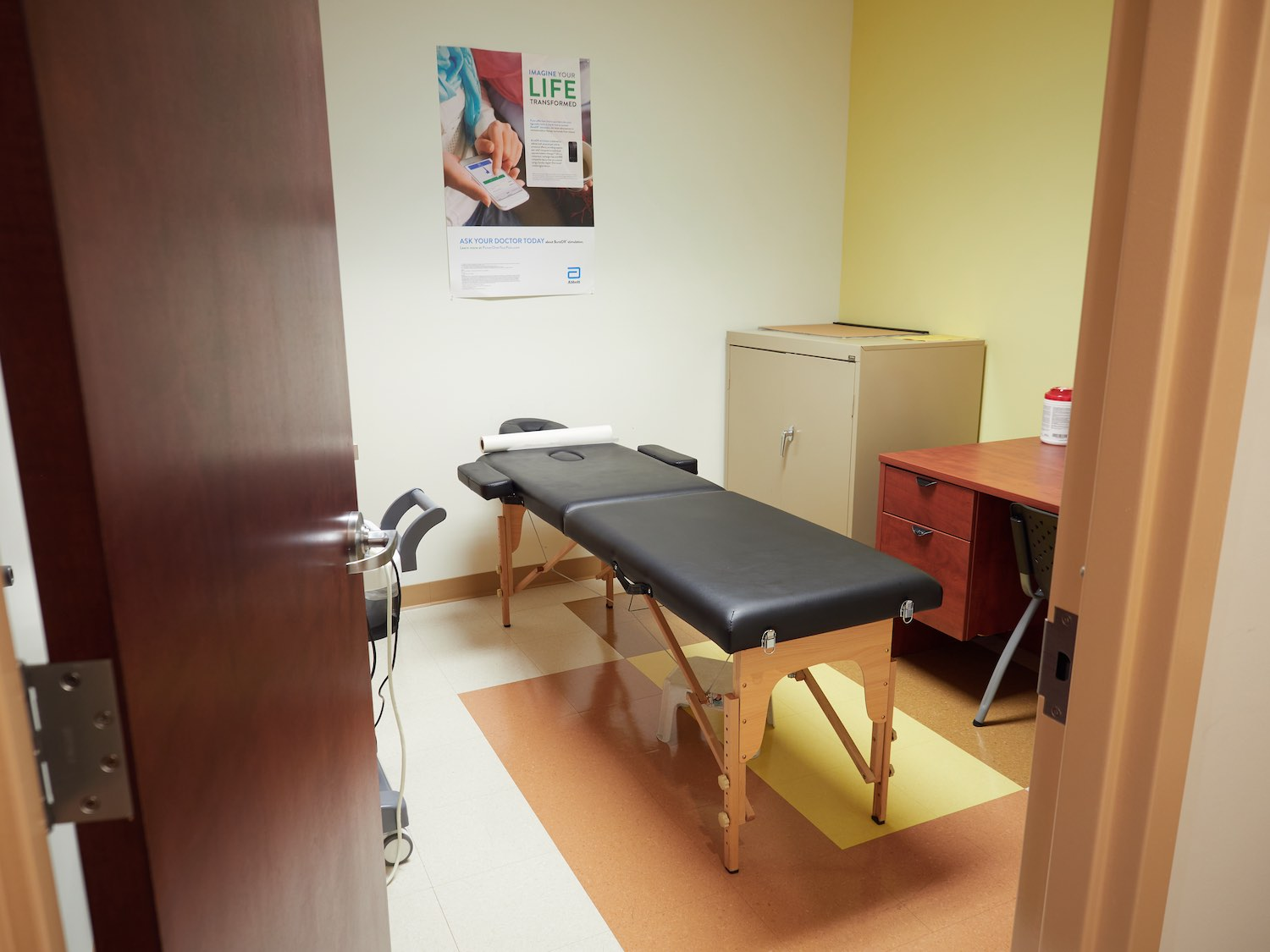Routines To Help New Year’s Pain
Routines To Help New Year’s Pain
With the new year comes new opportunities. If you’re living with chronic pain, there’s a lot you can do at home to help alleviate your discomfort.
How do you plan to start 2023?
Exercise
A new year means new opportunities to change, add to, or begin an exercise routine. According to the National Library of Medicine, prescriptive exercise or physical activity is now considered integral in helping deal with chronic pain.
“Working out may seem like the last thing someone in pain wants to do. But it can bring relief,” writes Gretchen Reynolds in the New York Times. Being physically inactive, on the other hand, tends to “reinforce pain sensitivity pathways.” The less you move, the lower your pain threshold.
Those who run, walk, go to the gym, or try to find time to exercise, however, may experience feelings of immediate relief after their workout.
But, you may be asking, what kind of exercise is best?
The first thing you want to do is talk to a medical professional, especially if your pain is severe. Exercise can help, but you need to know what exercises to do, what areas to focus on. Too much exertion or effort — especially at first — can end up aggravating certain conditions.
RA recommends starting small. Light walking or physical activity around the house may be enough for some. Low-impact exercises, done slowly over time, may offer the most benefit to you and your pain.

Stretches
If you want to try something other than walking or running. Stretching — or yoga — may be more up your alley.
The Mayo Clinic writes that “stretching can help improve flexibility, and, as a result, the range of motion of your joints.” Done right, stretches can help with problems of posture, breathing, and focus. And though the jury is still out about the long term benefits, the immediate effects are obvious.
Like with exercise, it’s important to talk to your doctor or physical therapist before you start a stretching regimen or sign up for a class. Different stretches mean different things for different parts of the body, and you want to make sure you’re moving right, focusing on and paying attention to the right muscle groups. Stretching incorrectly can create problems over time and habits hard to break out of.
To give an example: The Mayo clinic has a helpful list of easy-to-do stretches that can help with back pain. But they also recently published a video: the Dos and Don’ts of Back Stretches.
Diet
How you feel — mentally and physically — depends a lot on what you consume. Those who drink a lot may feel more fatigued or anxious the next day. Overindulging in food can contribute to weight gain, high blood pressure, and other adverse health effects.
But can the type of food you eat help with chronic pain?
Maybe, Harvard Health writes. “‘A lot of chronic pain is the result of chronic inflammation, and the evidence is quite strong that your diet can contribute to increased systemic inflammation,’ says Dr. Fred Tabung, a visiting researcher with the Department of Nutrition at Harvard’s T.H. Chan School of Public Health. ‘But your diet is also one of the best ways to reduce it.’”
Fruits, nuts, fish, olive oil: all are good foods to help alleviate the inflammation involved in chronic pain.
Cutting back on your drinking is also never a bad idea. Though alcohol may at first dull pain, it also most likely “requires doses consistent with binge drinking to do so.” This is the slippery slope of self-medication. What may offer momentary relief at first can end up creating more problems down the line.




